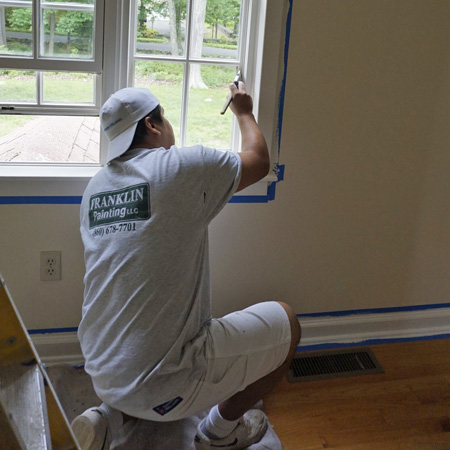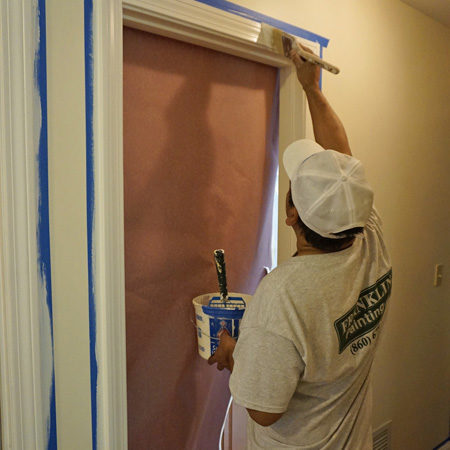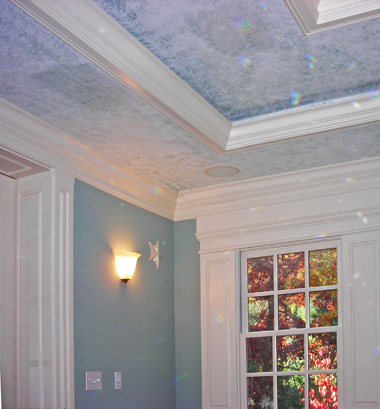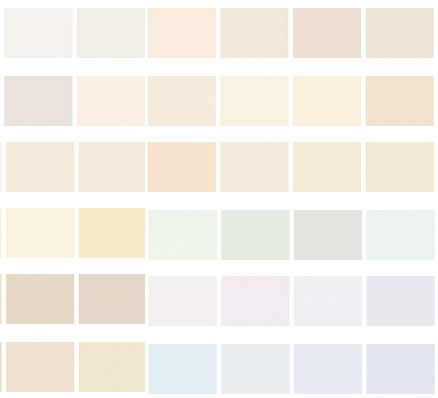 Even the best paint jobs can become marred over time. Scratches, stains and other kinds of damage are a normal part of life – especially if you’ve got kids and pets. When enough of these paint problems happen, it’s time to start thinking about touching up the unsightly areas. But before getting started, here are a few things you need to know.
Even the best paint jobs can become marred over time. Scratches, stains and other kinds of damage are a normal part of life – especially if you’ve got kids and pets. When enough of these paint problems happen, it’s time to start thinking about touching up the unsightly areas. But before getting started, here are a few things you need to know.
Try cleaning first
Depending on the blemish, soap and water may remove it. It’s a lot easier to clean that to repaint an entire area.
Touch up with the original paint
If you saved some of the paint from the original paint job, that’s what you’ll want to use for touch-ups. This way, you’ll know you have the exact shade and the right mix to perfectly match the current paint. When you do your next complete paint job, remember to keep a fresh gallon of paint for touch-ups down the line. At the very least, make note of the paint’s manufacture and exact color name so you can get the right match for future touch-ups.
Boxing paint
This applies to cases when you’ll be touching up very large areas as well as when you (or a professional painter) does a comprehensive original paint job. Boxing is the term for mixing several gallons together in a five-gallon bucket. Paint can have slightly different hues from can to can, even though it’s the “same” paint. By boxing, you create a uniform blend. The paint you save for touch ups should be paint that has been boxed.
What if you have none of the original paint?
If you can’t lay your hands on any of the original paint, you have several options. If the paint job was done by professional painters, contact them and see if they still have records of the project and the type of paint used. If you bought the paint from a store and still have the receipt, you might be able to find more of the same paint. Finally, Sherwin-Williams has a paint-matching app that will let you take a photo of your current surface color and then match it to an available shade of manufactured paint.
None of these options are ideal, however, because you’ll be using paint that isn’t from the same batch as the original. This is why testing before painting is important.
Testing the new paint
Prior to painting all the touch-ups, test a small amount of the new paint on the old paint. Do this in an inconspicuous area, like inside a closet or on the bottom corner of two walls. Remember to let the paint dry thoroughly before deciding on the closeness of the match.
 Applying the touch-up paint
Applying the touch-up paint
Ideally you should use the same method (brush, roller, sponge) that was used to apply the original paint. This will give you the best chance of perfectly duplicating the result.
If for any reason you can’t get a good match, it might be best to just re-paint the entire area – making sure to keep some of the new paint on hand for future touch-ups.
If you’d like professional help with any kind of paint project, the professionals at Franklin Painting of Farmington, CT, are standing by. We’ll produce a result that will inspire and amaze you. Give us a call with questions or to arrange a meeting at (877) 646-7774.



